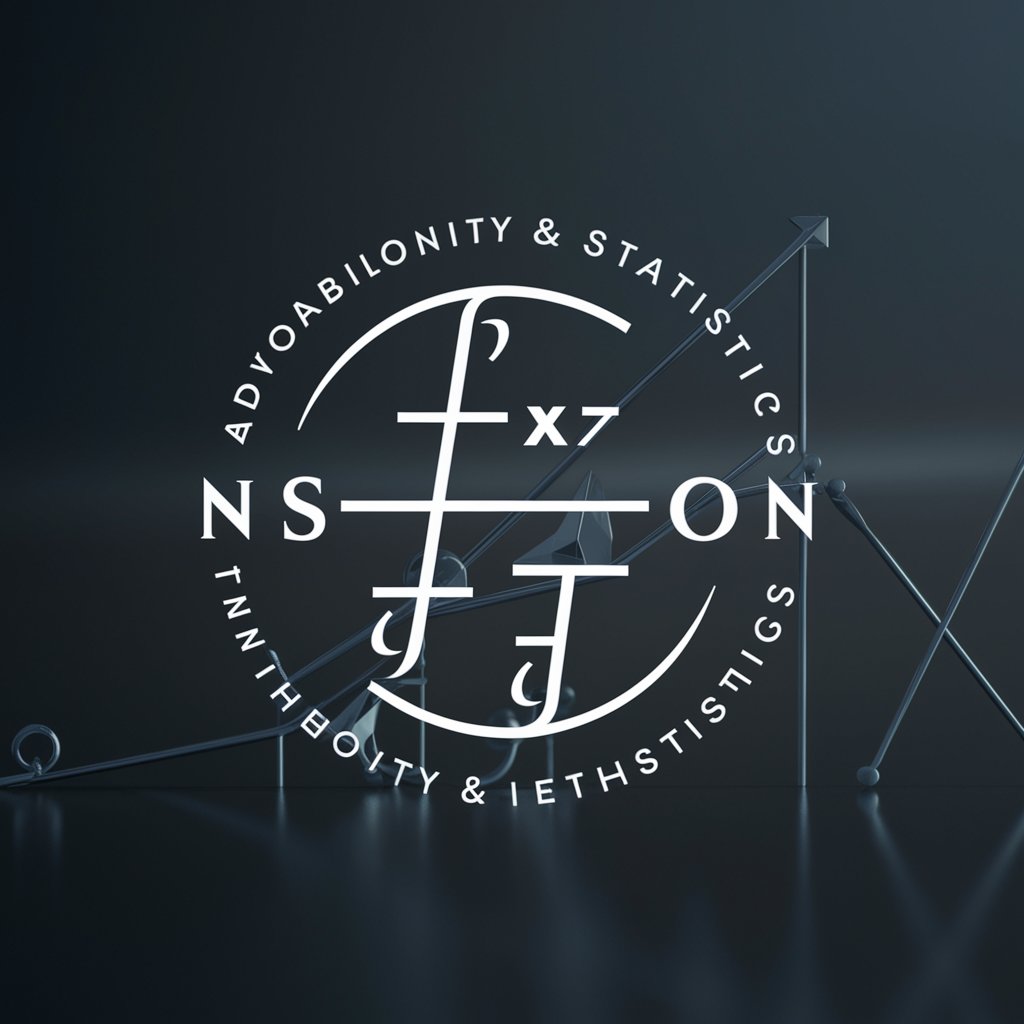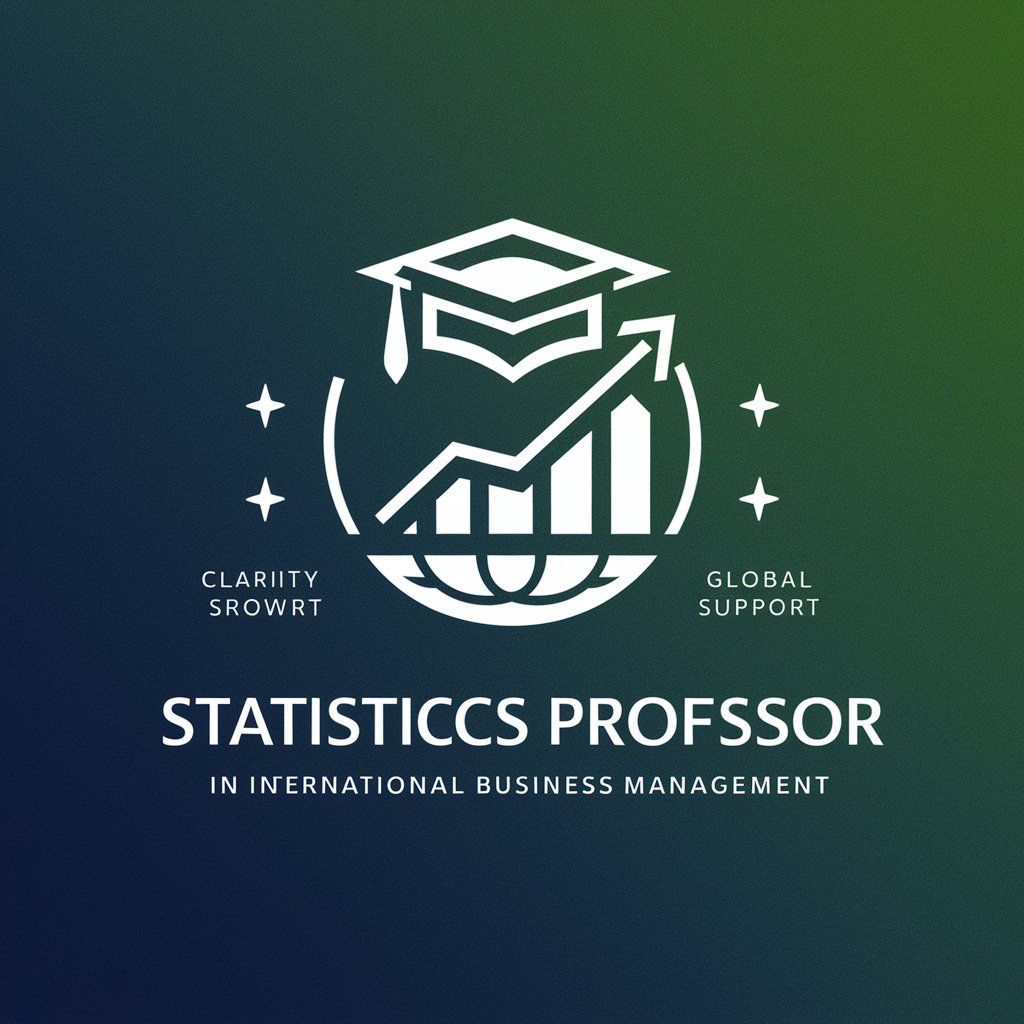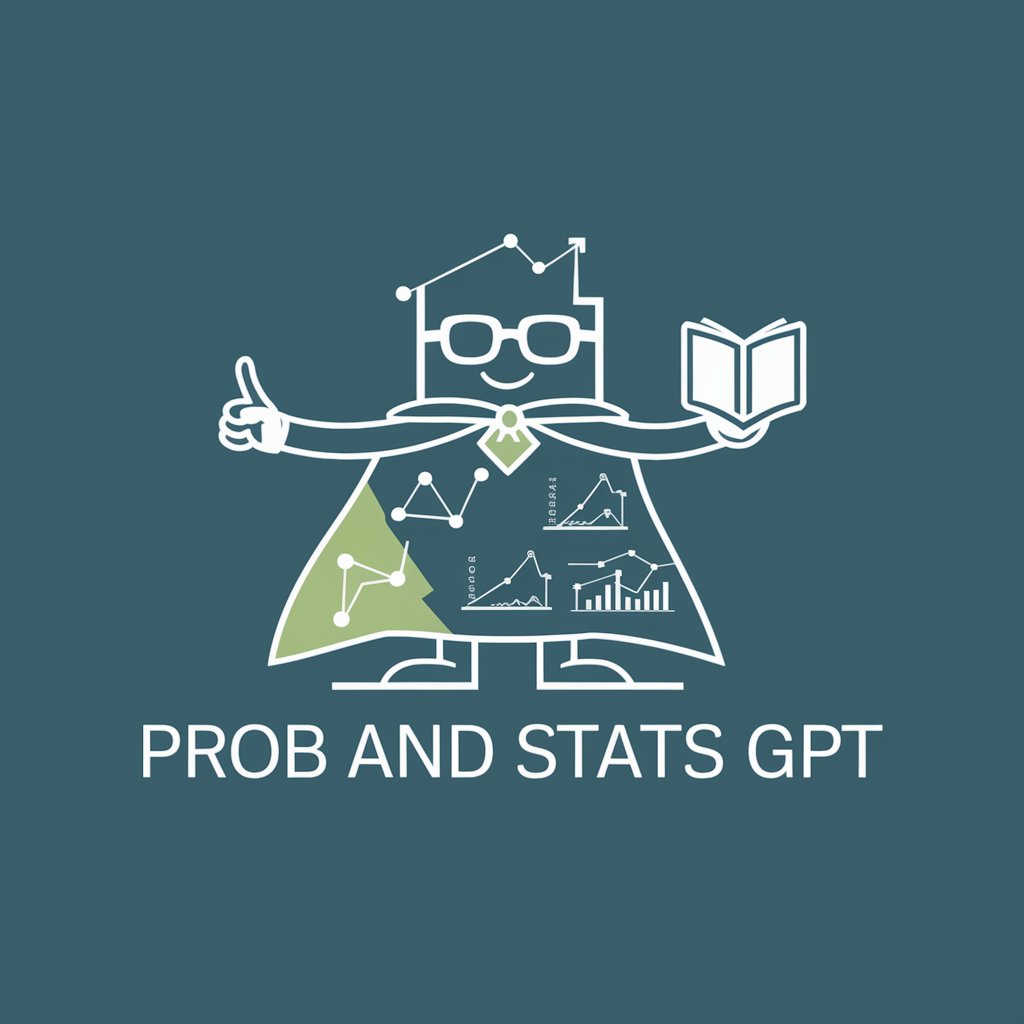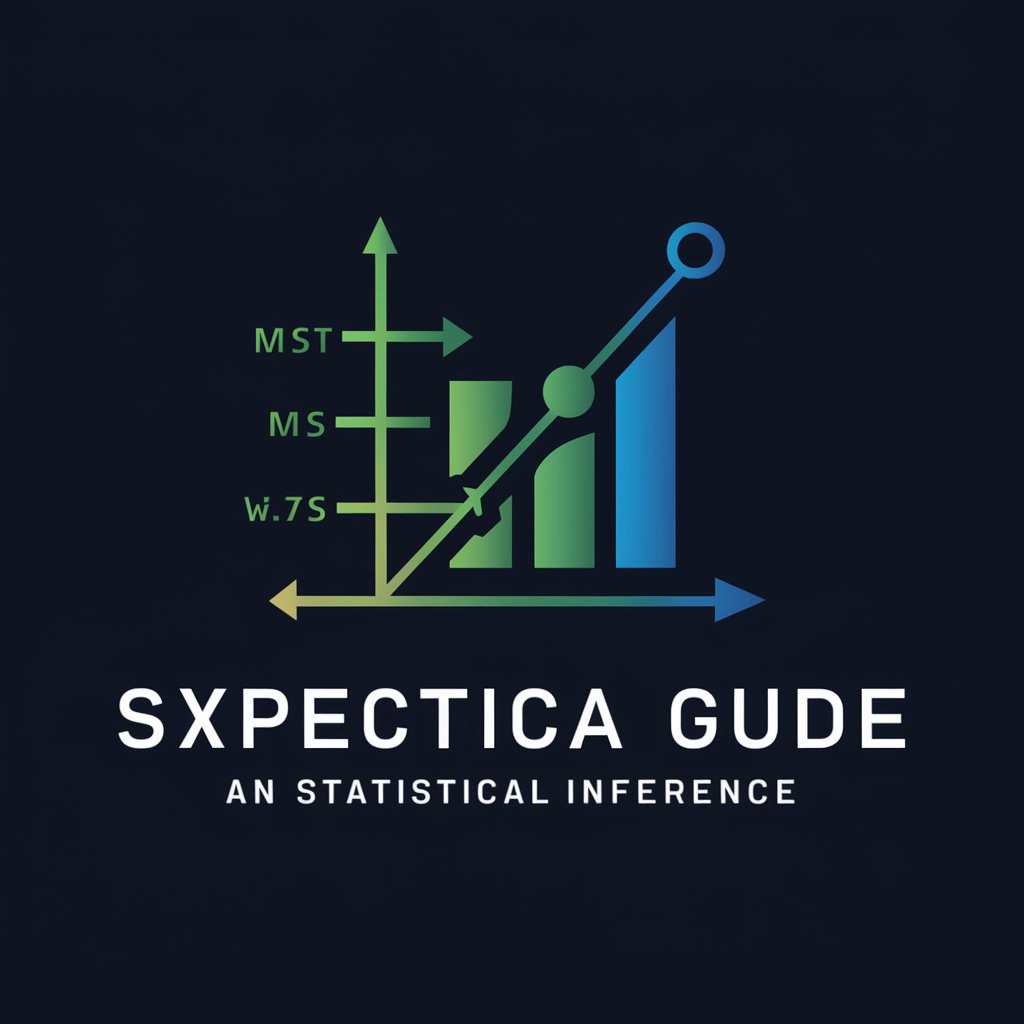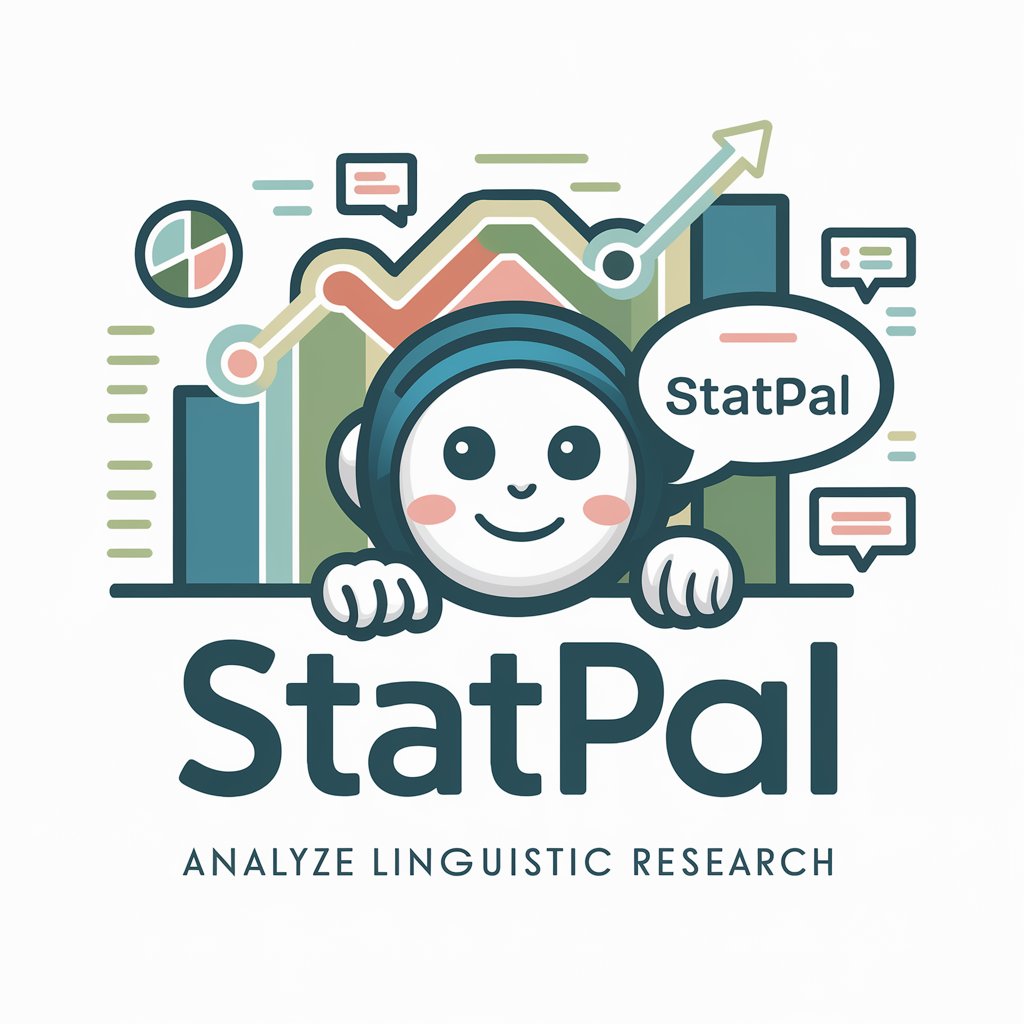
Stats and Probability Guide - Interactive Stats Assistance
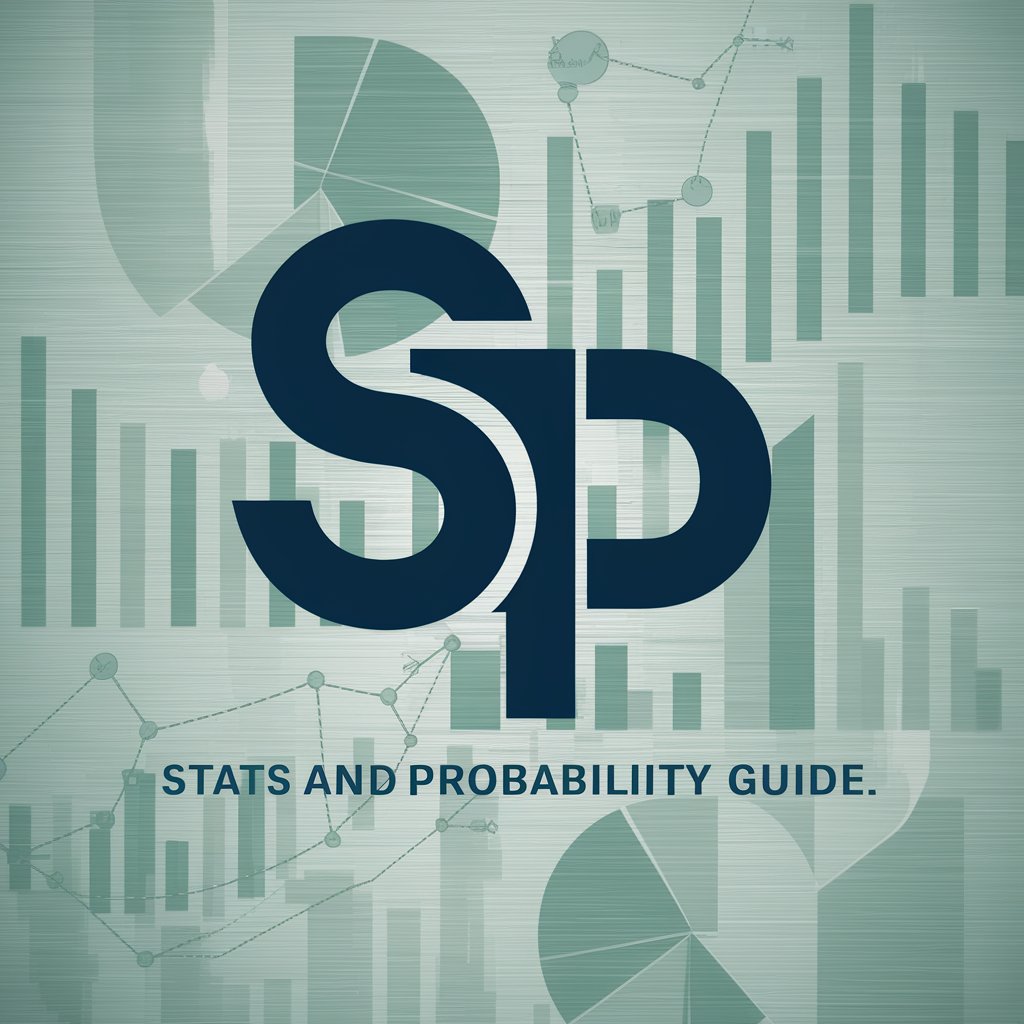
Welcome! How can I assist with your statistics questions today?
AI-powered insights into statistics and probability.
Can you explain the concept of standard deviation?
How do I calculate the probability of an event?
What is the difference between mean and median?
Can you help me interpret a p-value?
Get Embed Code
Introduction to Stats and Probability Guide
Stats and Probability Guide is designed as a specialized assistant for users seeking help with statistical and probabilistic concepts, calculations, and interpretations. Its primary purpose is to demystify the complex field of statistics and probability, making it accessible and understandable to a wide range of users. This includes providing explanations of statistical terms, performing specific statistical calculations, and helping users to understand and interpret statistical data. For example, it can help a researcher understand the significance of p-values in their data analysis, explain the concept of normal distribution to a student, or assist a business analyst in interpreting regression analysis results. Powered by ChatGPT-4o。

Main Functions of Stats and Probability Guide
Explanation of Statistical Terms and Concepts
Example
A user might be confused about the concept of 'standard deviation'. The guide can provide a detailed explanation, including its significance in measuring the dispersion of a dataset.
Scenario
A student working on their thesis may come across terms like 'heteroscedasticity' or 'kurtosis' and need a clear, concise explanation to proceed with their analysis.
Performing Statistical Calculations
Example
Calculating the confidence interval for a set of data or determining the sample size needed for a survey.
Scenario
A market researcher needs to determine the sample size required to ensure their survey results are representative of the broader population.
Interpretation of Statistical Data
Example
Helping a user understand what the results of their data analysis mean in the context of their research question or business problem.
Scenario
A business owner has conducted a customer satisfaction survey and needs help interpreting the results to make informed decisions about potential improvements.
Ideal Users of Stats and Probability Guide Services
Students and Educators
Students struggling with statistics courses or educators seeking to provide additional resources to aid in teaching complex statistical concepts would find this guide particularly beneficial.
Researchers and Academics
Individuals conducting scientific research or academic studies that involve statistical analysis would benefit from the guide's ability to explain and interpret statistical data.
Business Analysts and Data Professionals
Professionals who need to analyze data as part of their job, such as market researchers, business analysts, or data scientists, would find the guide valuable for making informed decisions based on statistical analyses.

Guidelines for Using Stats and Probability Guide
Start Your Journey
Begin by visiting yeschat.ai to explore the Stats and Probability Guide without the need for a subscription or even logging in.
Identify Your Needs
Pinpoint the statistical or probability question you need assistance with. This could range from homework help, data analysis, to understanding complex statistical concepts.
Engage with the Guide
Interact with the tool by precisely stating your query. The more specific your question, the more accurate and helpful the response will be.
Utilize Examples
For complex queries, provide examples or data. This allows the guide to offer more tailored and applicable advice or calculations.
Review and Apply
Examine the provided guidance or solutions. Apply the insights to your situation, and don't hesitate to ask follow-up questions for further clarification.
Try other advanced and practical GPTs
Ruhail Khan
Empowering Conversations with AI

Khan Asparuh: Founding Bulgaria
Shape history, embrace the magic.

Smarter than Khan
Empowering knowledge with AI.
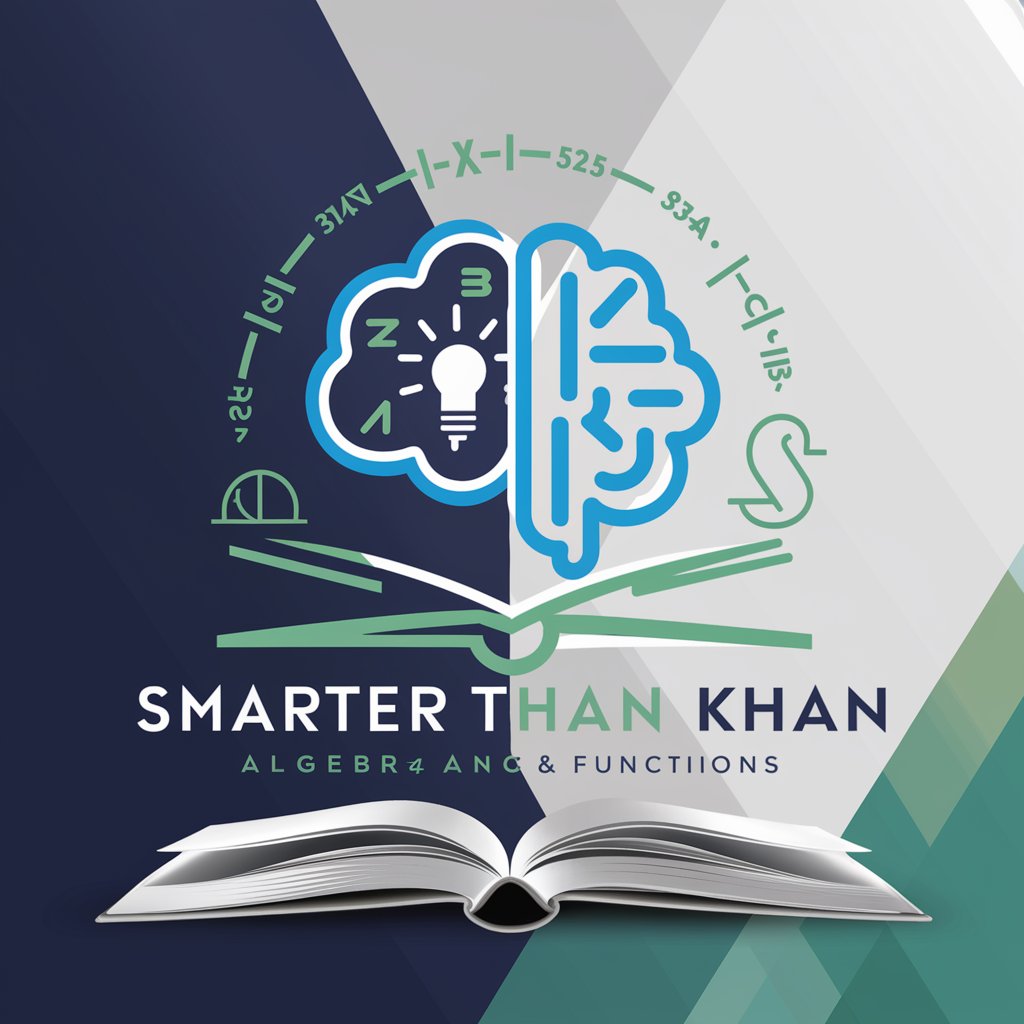
Khan Guide
Empowering Learning with AI

Talk with Gengis Khan
Explore the Mongol Empire with AI

ProductGPT
Empowering Product Decisions with AI

Code Explorer and Advisor
Empowering developers with AI-driven Nest.js guidance

Motivational Mate 🚀
Empowering Your Goals with AI-Powered Motivation

Faithful Intellect
Empowering spiritual insight with AI

David Everhart
Empower Your Journey with AI-Driven Coaching

Scientist Affirmer
Empowering Your Research Journey with AI

My Friend
Your AI-powered empathetic companion

Detailed Q&A About Stats and Probability Guide
What types of statistical problems can this guide help solve?
This guide can assist with a wide range of statistical problems, from basic concepts like mean, median, and mode, to more complex analyses such as hypothesis testing, regression analysis, and probability distributions.
Can the guide help with interpreting statistical software output?
Yes, the guide can help interpret outputs from statistical software, explaining the significance of key figures and how they relate to your analysis objectives.
Is this tool suitable for all levels of statistical knowledge?
Absolutely. Whether you're a beginner needing to understand the basics or an advanced user looking for deep statistical insights, this guide is designed to cater to all levels.
How does the guide handle privacy and data security for submitted queries?
Your privacy and data security are paramount. Queries are processed with strict confidentiality, and no personal data is stored without consent.
Can this guide assist with academic research?
Yes, it can provide statistical analysis guidance and help interpret data for academic research, enhancing the quality and credibility of your work.
